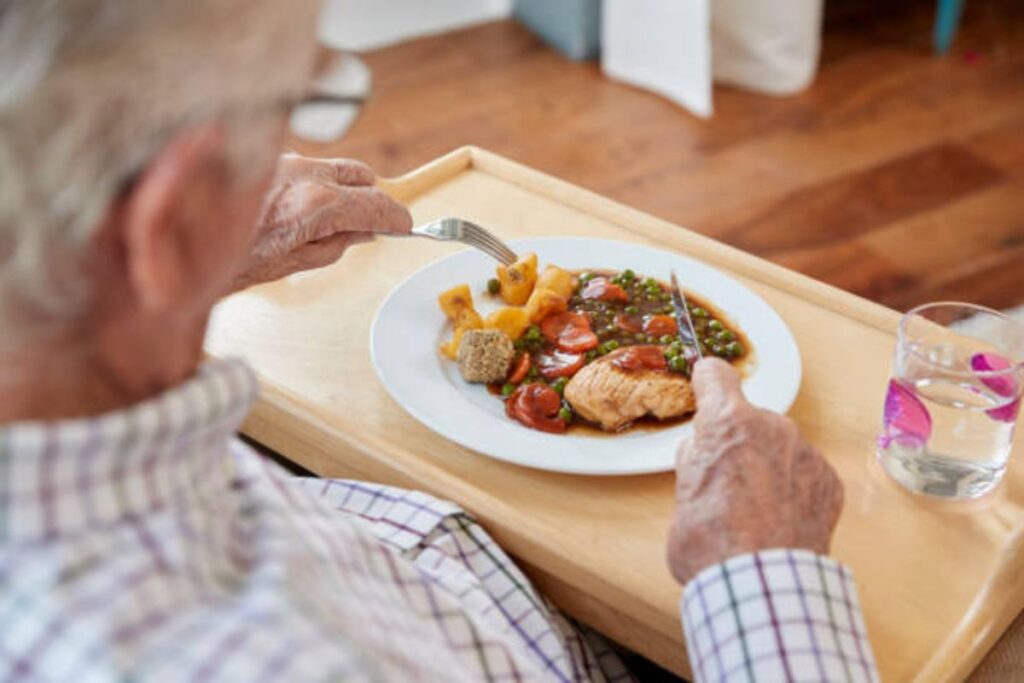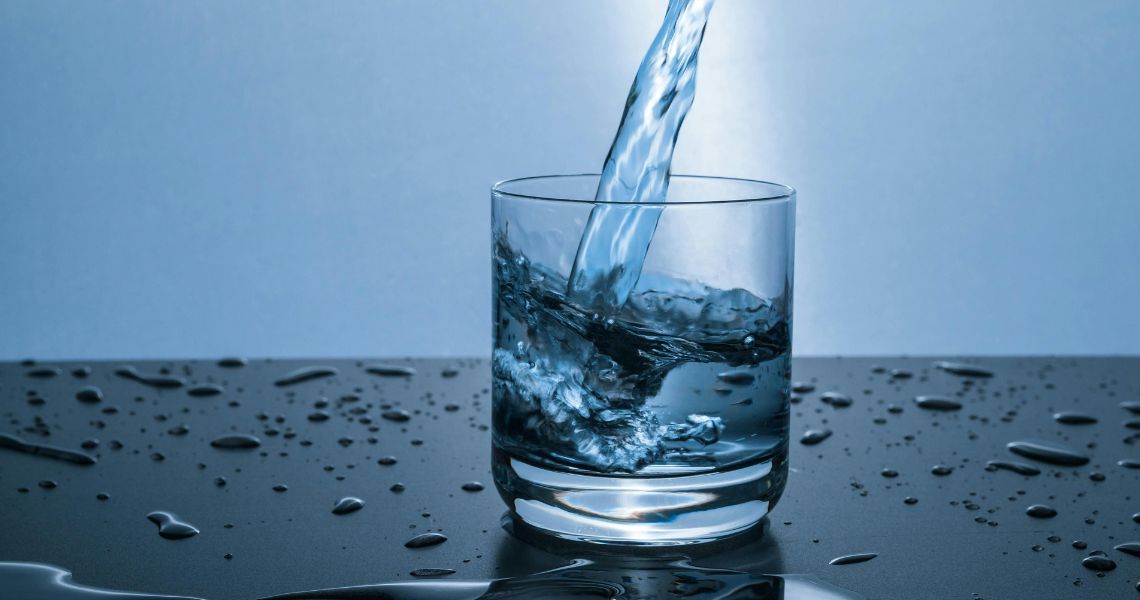Our homes are supposed to be our sanctuaries – the place where we feel safest and most secure.
While this is usually the case, there are still a number of common household dangers which could potentially turn your property into a serious safety hazard if you don’t take appropriate precautions. Read on to discover what they are and how to prevent them from becoming a potentially life-threatening problem in your home.
Electrical Fires

House fires are a worryingly common threat to our household safety, with figures from 2020/21 revealing that there were over 33,100 house fires reported across the UK and 311 fire-related deaths.
To keep the risk of a house fire to a minimum in your property, it’s vital that you take a range of precautions, including installing smoke alarms throughout your home, which you test on a regular basis. You should also be careful when cooking and never leave candles unattended. It’s also strongly recommended that you carry out regular inspections of your electrical wiring and receive detailed Electrical Installation Condition Reports (EICR). Contact companies such as Trade Facilities Services to learn more about Electrical Installation Condition reports.
Poisoning

Children aged 5 and under are at risk of accidental poisoning, with the majority of cases happening at home. Common culprits include household chemicals, such as bleach; pesticides; medicines, including medications prescribed for pets; and toxic houseplants or garden plants.
Carbon monoxide is also a frequent cause of household poisoning, which can affect everyone inside a home. It is particularly dangerous because it is so difficult to detect unless you have an alarm, as it is both colourless and odourless. To keep your family protected, it’s recommended that you install alarms throughout your home.
Drowning

Approximately 400 people drown each year in the UK. While many of these tragic deaths occur in the sea or in lakes and rivers, young children are at risk of drowning at home, so it’s crucial that proper precautions are taken to keep them safe – especially as it takes just 2cm of water to drown a child, so it’s vital that you never leave your young ones unattended around water – whether that’s a bath, an outdoor paddling pool, a pond, or a water storage tank. If you do have outdoor water features, make sure they are securely fenced off. You should also be sure to empty any water receptacles immediately after use – these include buckets, watering cans and paddling pools.
Falling
More than half of all household injuries and deaths are caused by falling, with young children and older people particularly at risk. If you have stairs in your home, you may wish to install stair gates to prevent toddlers from gaining access to your stairway and potentially suffering a fall.
For older people, grab rails and other forms of handhold can be installed to keep them safe, and perhaps even a stair lift to get them securely up and down the stairs.
Choking

Choking is a worryingly common cause of household death, with 314 choking-related deaths recorded in 2020 alone. People aged 65 and older are most at risk, but children are also potential victims of choking. As a result, it’s vital that you take precautionary measures to protect the vulnerable, such as cutting up food into very small pieces, keeping small items out of reach of children, discarding broken toys, and avoiding putting jewellery on your young child.
While it may be impossible to 100% guarantee your safety in the home, you can still take every possible precaution to ensure the risk to you and your family from these common household dangers remains as small as can be.
Images courtesy of unsplash.com









